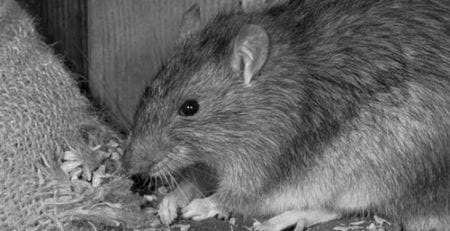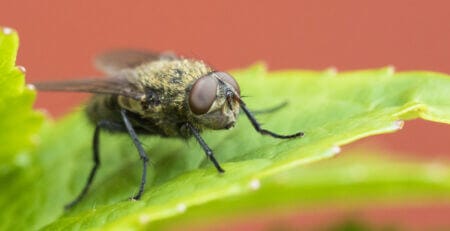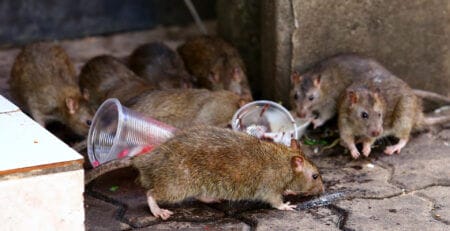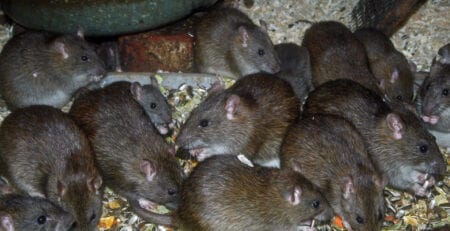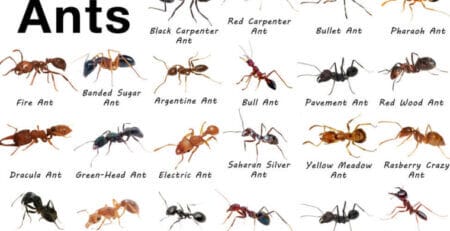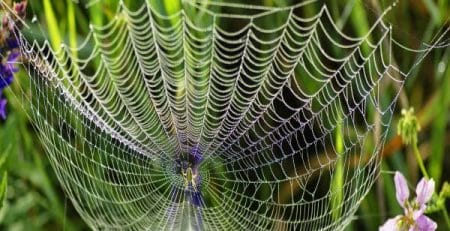Woodlice vs. Termites: How to Tell the Difference
Woodlice and termites are often mistaken for each other due to their similar habitat preferences and diet. However, it is important to distinguish between the two as their behaviours and potential damage differ significantly. In this article, we will explore the physical characteristics that differentiate woodlice from termites, discuss the distinguishing signs of wood damage caused by each pest, and highlight the importance of seeking professional pest control assistance for accurate identification and effective treatment.
Physical Characteristics of Woodlice and Termites
Woodlice and termites have distinct physical characteristics that can help in telling them apart. Here’s what to look for:
- Woodlice:
- Body Shape: Woodlice have a flattened, oval-shaped body.
- Antennae: They have long, segmented antennae.
- Legs: Woodlice have seven pairs of legs and move in a characteristic crawling motion.
- Colouration: Woodlice are typically brown, grey, or black in colour.
- Exoskeleton: Their exoskeleton is hard and segmented.
- Termites:
- Body Shape: Termites have a more cylindrical body shape with a straight waist.
- Antennae: Their antennae are straight and beaded.
- Legs: Termites have six legs and move with a characteristic swarming or crawling motion.
- Colouration: Termites can be white, cream, or pale brown in colour.
- Exoskeleton: Their exoskeleton is soft and can appear translucent.
Wood Damage: Distinguishing Signs
Woodlice and termites differ in the type and extent of damage they cause to wood. Here are some distinguishing signs to look for:
- Woodlice:
- Surface Feeding: Woodlice primarily feed on decaying plant material and do not damage sound, dry wood.
- Shallow Surface Tunnels: They may create shallow tunnels or bore holes on the surface of decaying wood.
- Frass: Woodlice produce small pellet-like waste called frass, which can often be found near their feeding sites.
While these distinguishing signs can help in initial identification, it is essential to seek professional pest control assistance for accurate identification and effective treatment. Pest control professionals have the expertise and knowledge to differentiate between woodlice and termites, as well as determine the extent of the infestation and implement appropriate treatment strategies.
Benefits of professional pest control assistance
- Accurate Identification: Professionals can correctly identify the pest species and distinguish between woodlice and termites, ensuring appropriate treatment.
- Thorough Inspection: Pest control experts conduct a comprehensive inspection to assess the extent of the infestation and identify vulnerable areas.
- Tailored Treatment Plans: Professionals develop customized treatment plans based on the specific pest species, level of infestation, and property requirements.
- Effective Elimination: Pest control professionals have access to specialized tools, products, and techniques to effectively eliminate woodlice or termites.
- Prevention and Long-Term Management: Experts can provide guidance on preventive measures and long-term management strategies to minimize the risk of future infestations.
Conclusion
Distinguishing between woodlice and termites is crucial for accurate identification and effective pest control. By understanding the physical characteristics of each pest, observing the distinguishing signs of wood damage they cause, and seeking professional pest control assistance, you can ensure the proper treatment and protection of your property. If you suspect a wood-destroying pest infestation, it is always recommended to consult a pest control professional for a thorough inspection and tailored treatment plan.


